





Yampi to Shopify
Migrating your store from Yampi to Shopify might seem daunting, but with proper planning and the right tools, it's a smooth process. Follow this step-by-step guide to ensure a successful transition.
Schedule a call
Step-by-Step Migration Guide: Yampi to Shopify Migration Guide
Step 1: Prepare Your Yampi Store for Migration
In this step, we outline the initial preparations necessary for a successful migration from Yampi to Shopify, including data backup and assessment of existing content.
Step 2: Export Data from Yampi
This step discusses how to export all necessary data from your Yampi store, including products, customers, and orders, to prepare for migration.
Step 3: Set Up Your Shopify Account
In this step, you will create and configure your Shopify account, establishing the foundation for your new online store.
Step 4: Import Data to Shopify
This step explains how to import the previously exported data from Yampi into your new Shopify store using CSV files.
Step 5: Configure Store Settings and Customizations
This step focuses on configuring Shopify store settings and applying necessary customizations to match your brand.
Step 6: Test Your Shopify Store
In this crucial step, we will perform testing on your Shopify store to ensure all functionalities are working correctly before launch.
Step 7: Launch Your Shopify Store
This step covers the final preparations and the launch process for your new Shopify store after migration from Yampi.
Power Your Step - Get in Touch
Contact PowerCommerce today to leverage our expert migration support for your Yampi to Shopify transition.
Step 1: Prepare Your Yampi Store for Migration
Before we initiate the migration from Yampi to Shopify, it is crucial to prepare your Yampi store effectively. This preparation involves several key activities that will ensure a seamless transition of your data and minimize potential disruptions. The primary goal here is to secure all your existing data and evaluate what needs to be transferred to your new Shopify platform.
Begin by creating a backup of your Yampi store. This backup should include all essential elements such as product listings, customer data, order history, and any other relevant content. This step is vital as it ensures that you have a complete and recoverable dataset in case any issues arise during the migration process.
- Backup Data: Use Yampi’s export options to download your product database, customer information, and order history. Ensure that you have all necessary files stored securely.
- Evaluate Content: Review the data you’ve exported. Identify which products, customers, and orders are crucial for your new Shopify store.
- Document Current Settings: Take note of any specific configurations, payment methods, shipping settings, and any third-party integrations that you currently utilize on Yampi.
This thorough preparation will not only safeguard your existing data but also provide a clear roadmap for what needs to be transferred and set up on Shopify.
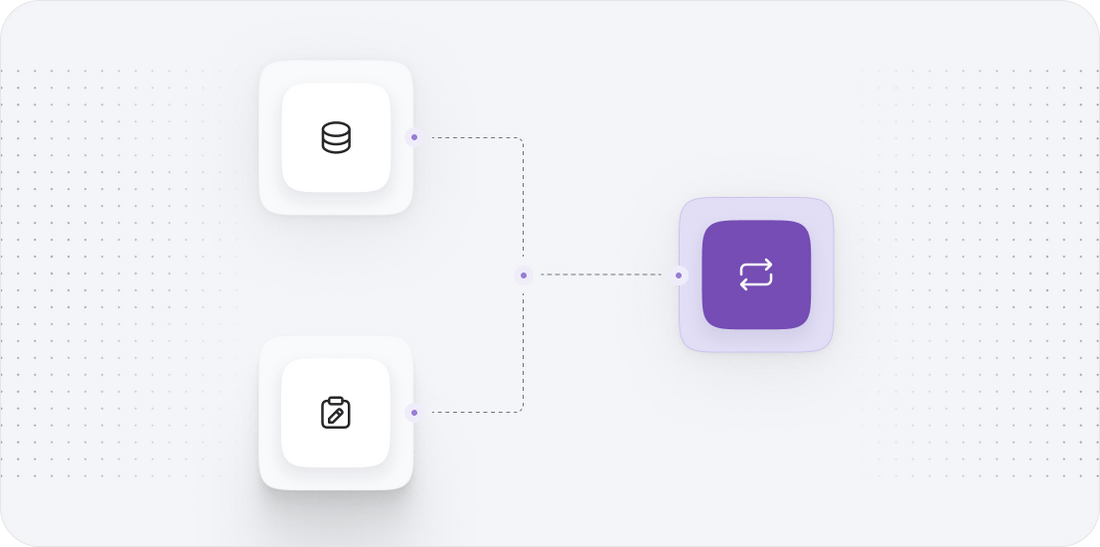
Step 2: Export Data from Yampi
Once you have prepared your Yampi store, the next step is to export your data. This involves systematically retrieving all relevant information that needs to be migrated to Shopify. The data to be exported typically includes your product catalog, customer details, and historical order data.
To export your data from Yampi, follow these steps:
- Log into Yampi Dashboard: Access your Yampi account and navigate to the admin dashboard.
- Export Products: Go to the 'Products' section. Look for an export option, usually found under settings or tools. Export the product list in a CSV format. This file will contain all product details, including names, descriptions, prices, and images.
- Export Customers: Navigate to the 'Customers' tab. Similar to products, there should be an export function to download customer data in CSV format. Ensure you capture email addresses and any other pertinent customer information.
- Export Orders: Visit the 'Orders' section. Export the complete order history, ensuring that details such as order IDs, customer information, and product details are included.
After exporting, verify that each file is complete and contains all necessary data. This verification is crucial as it will serve as the foundation for your new Shopify store.
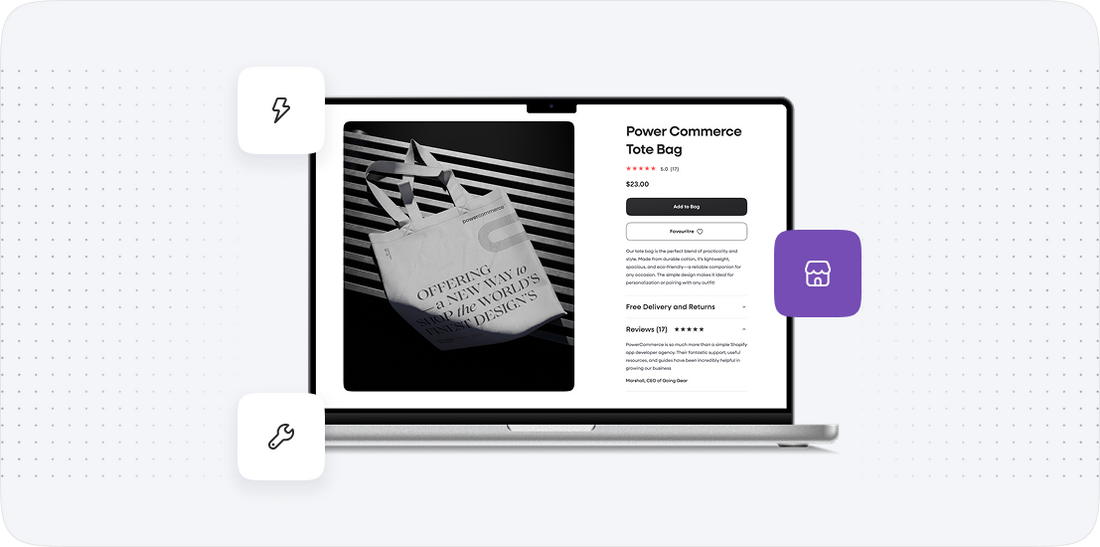
Step 3: Set Up Your Shopify Account
With your data successfully exported from Yampi, the next phase is to create and set up your Shopify account. This process is straightforward and involves several key configurations to ensure your new store is ready to go live.
Follow these steps to set up your Shopify account:
- Sign Up for Shopify: Visit the Shopify website and sign up for an account. Choose a plan that fits your business needs, keeping in mind that you can upgrade later if necessary.
- Configure Basic Settings: Once logged in, navigate to the settings panel to configure basic store settings. This includes setting your store name, business address, and contact information.
- Choose a Theme: Browse Shopify’s theme store and select a theme that aligns with your brand. You can customize this later, but choose a layout that fits your business style.
- Set Up Payment and Shipping: Go to the 'Payments' section in your Shopify settings to choose your payment gateways (like PayPal, Shopify Payments, etc.). Also, configure your shipping options based on your business model.
By completing these steps, you’ll lay a solid foundation for your Shopify store, making it primed for the upcoming data migration.
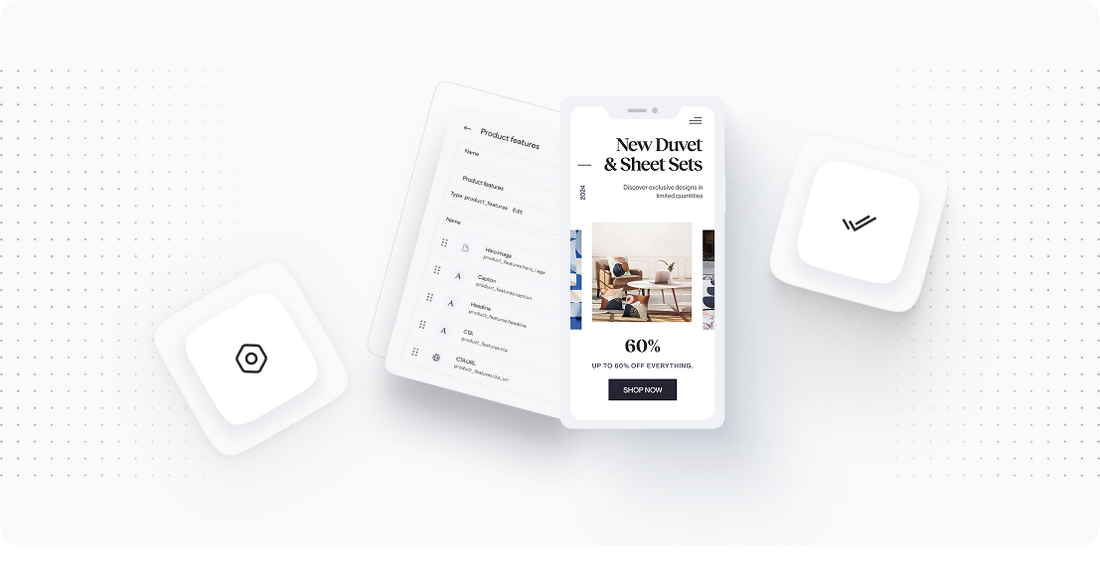
Step 4: Import Data to Shopify
With your Shopify account set up, the next crucial step is to import the data you exported from Yampi. This process involves uploading your product, customer, and order data into Shopify, ensuring that your new online store reflects your business accurately.
To import your data into Shopify, follow these detailed steps:
- Import Products: Navigate to the 'Products' section in your Shopify admin. Click on the 'Import' button and upload the CSV file containing your product data from Yampi. Ensure that your CSV file meets Shopify's format requirements for a successful import.
- Import Customers: Go to the 'Customers' section. Just like with products, find the 'Import Customers' option and upload your CSV file. Review the customer details to ensure they are correctly aligned with Shopify’s system.
- Import Orders: While Shopify does allow order imports, it is essential to note that importing historical orders can be complex. Use Shopify's import tool or a third-party app for this functionality to ensure all historical data is correctly integrated.
After importing, check for any errors or discrepancies in your data. This validation step is crucial to ensure that your store operates smoothly from the start.
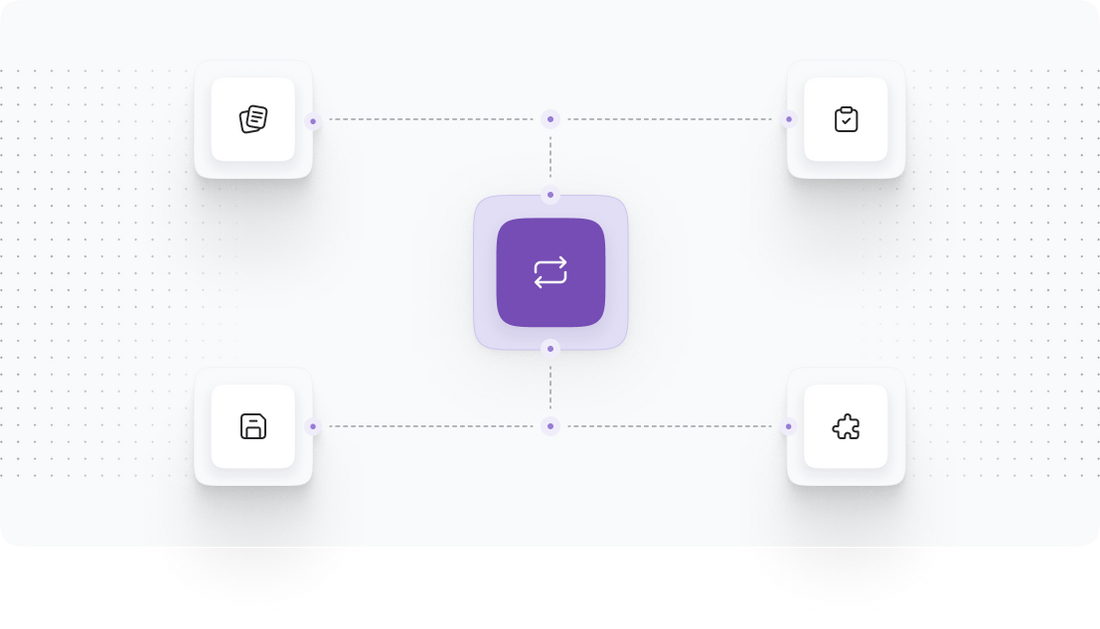
Step 5: Configure Store Settings and Customizations
After successfully importing your data, it’s time to configure your store settings and apply customizations to ensure your Shopify store aligns with your brand identity. This includes setting up your store’s appearance, adjusting settings, and ensuring everything is functioning as expected.
Here are the steps to configure your store settings and customizations:
- Customize Your Theme: Go to the 'Online Store' section and select 'Themes.' Click on 'Customize' to access the theme editor. Here, you can adjust the layout, colors, fonts, and other design elements to reflect your brand.
- Set Up Navigation: Create a user-friendly navigation structure by organizing your menu items. Ensure that your product categories, about page, and contact information are easily accessible to customers.
- Update Store Policies: Draft and publish essential store policies, including privacy policy, refund policy, and terms of service. Shopify provides templates to help you create these documents.
- Optimize SEO Settings: Set up SEO-friendly URLs, meta titles, and descriptions for your products and pages to improve your store’s visibility in search engines.
By completing these configurations, you’ll enhance the functionality and appearance of your Shopify store, ensuring it is ready for launch.
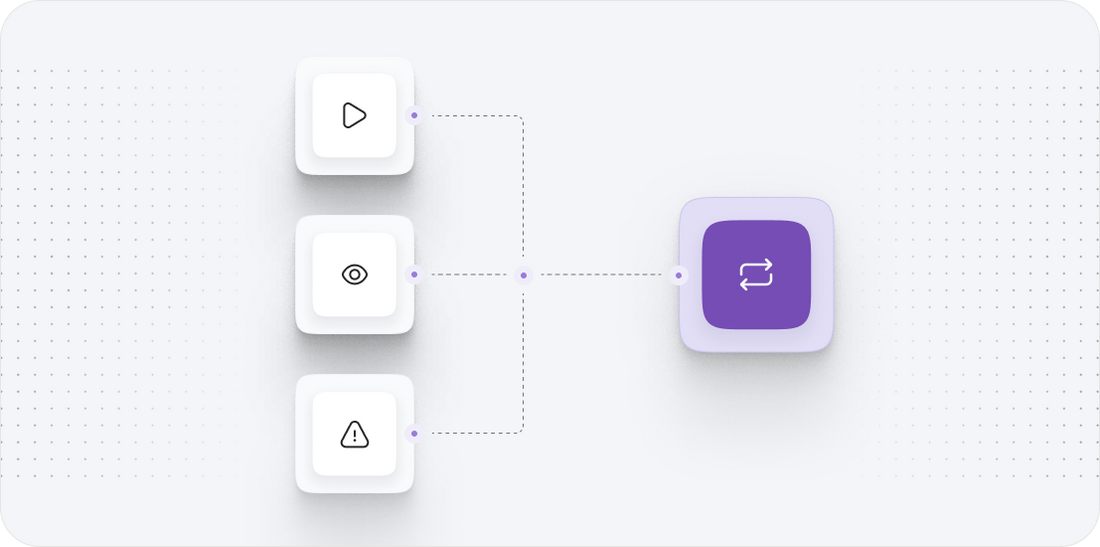
Step 6: Test Your Shopify Store
Before you officially launch your new Shopify store, it’s essential to conduct thorough testing to ensure everything functions as intended. Testing allows you to identify any issues that could affect the shopping experience of your customers.
Follow these steps for effective testing:
- Test Product Pages: Navigate through your product pages to ensure all information is accurate. Check images, descriptions, prices, and inventory levels.
- Check Payment Processing: Simulate a purchase by going through the checkout process. Ensure that payment gateways are functioning correctly and transactions can be processed smoothly.
- Evaluate Shipping Settings: Test various shipping options to confirm that rates are calculated correctly based on different locations. Ensure any free shipping thresholds or promotional shipping rates work as expected.
- Review Mobile Responsiveness: Access your store on different devices (desktop, tablet, and mobile) to ensure it is fully responsive and user-friendly across all platforms.
By completing these tests, you can identify and resolve any issues before your store goes live, ensuring a positive customer experience.
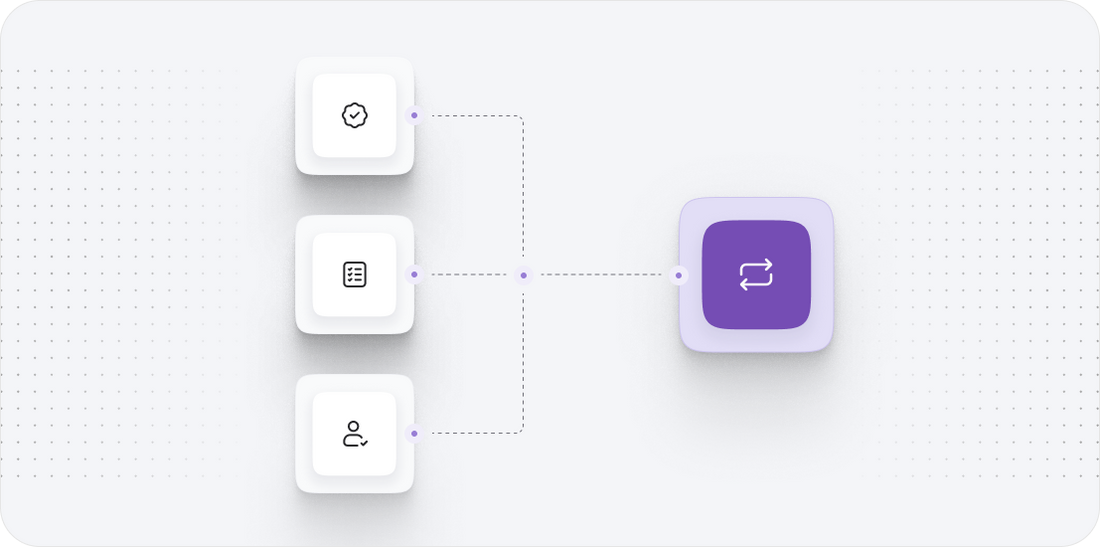
Step 7: Launch Your Shopify Store
With all preparations, configurations, and testing completed, you are now ready to launch your Shopify store. This final step involves making your store accessible to the public and ensuring that your marketing strategies are in place to drive traffic.
Here’s how to launch your Shopify store:
- Remove Password Protection: If you had set a password for your store during setup, go to 'Online Store' > 'Preferences' and disable the password protection to make your store live.
- Set Up a Launch Marketing Plan: Implement your marketing strategies, including social media promotions, email campaigns, and ads to inform your existing customer base and attract new visitors.
- Monitor Performance: After launch, closely monitor your store’s performance using Shopify analytics. Pay attention to traffic, sales metrics, and customer feedback to make data-driven adjustments.
Launching your Shopify store is a significant milestone, and with the right strategies in place, you can set your business up for success in the competitive ecommerce landscape.
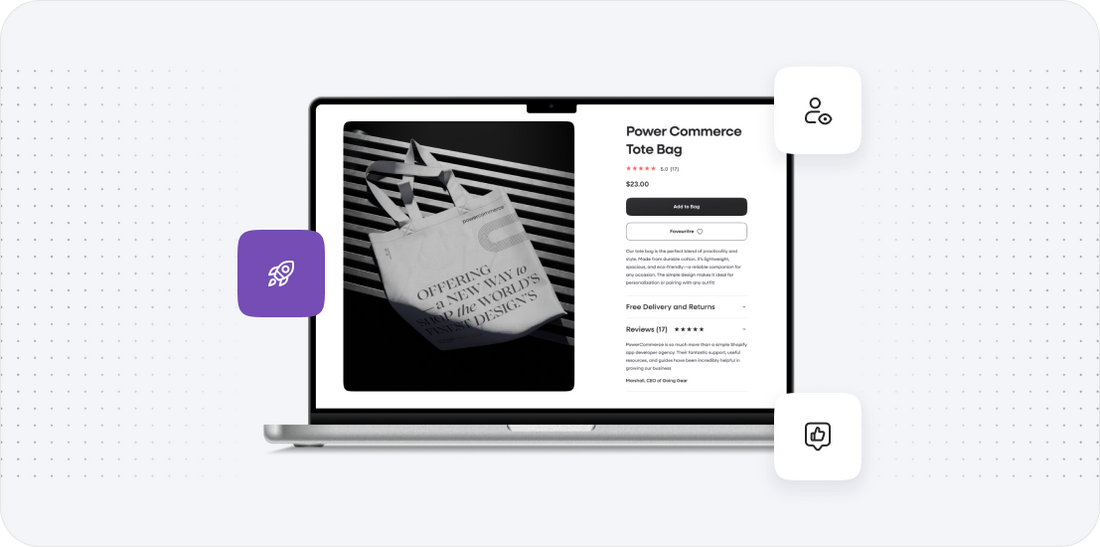
Power Your Step - Get in Touch
Ready to take the next step in your ecommerce journey? At PowerCommerce, we specialize in providing seamless migrations from Yampi to Shopify, ensuring your online business transitions smoothly with minimal downtime. Our team of experts is committed to helping you optimize your Shopify store for success.
Don’t hesitate to reach out to us for personalized support and guidance during your migration process. Here’s how you can get in touch:
- Visit our contact page to fill out our inquiry form.
- Call us directly at 800-099-9090.
- Email us at info@powercommerce.com.
Let’s power your success together!
Stay aligned on what's happening in the commerce world
Trusted by 1000+ innovative companies worldwide
Schedule Your Migration Today
For businesses prioritizing simplicity, scalability, and robust support, Shopify is the clear winner.
Looking to migrate without hassle? Power Commerce can handle the entire process, ensuring smooth data transfer, store setup, and post-launch success.
Marka Marulića 2, Sarajevo, 71000 BiH
00387 60 345 5801
info@powercommerce.com


